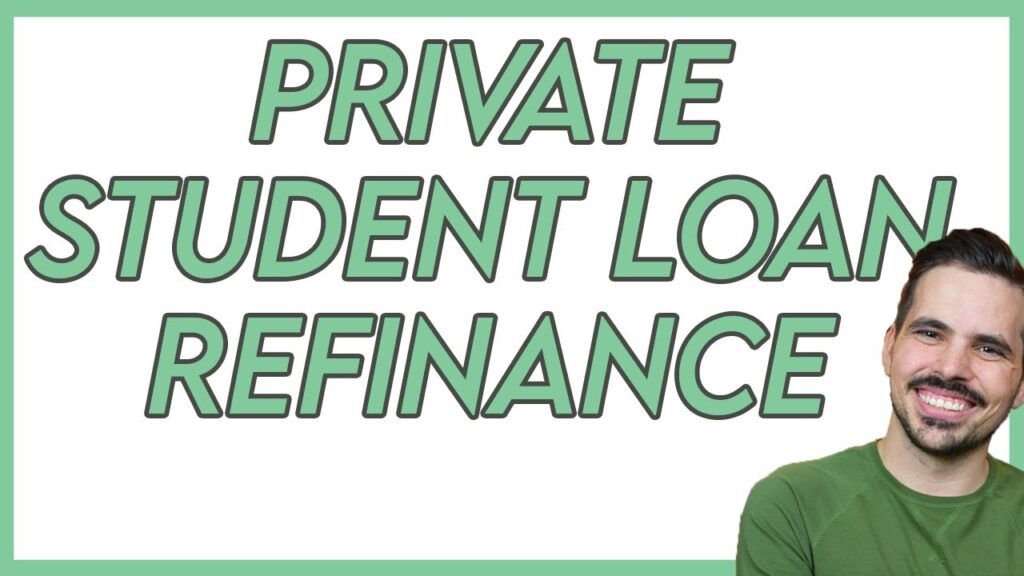Introduction
Best student loans, When it comes to pursuing higher education, student loans often play a crucial role in making dreams a reality. However, finding the best student loans can be a daunting task, given the myriad of options available. In this comprehensive guide, we will walk you through the essential steps to identify and secure the ideal student loans for your educational needs.
1. Understanding Student Loans
Student loans are financial tools designed to help students cover the cost of education, including tuition, books, and living expenses. They typically come with varying interest rates and terms. Also read
2. Types of Student Loans
There are two primary types of student loans:
Federal Student Loans
Federal student loans are backed by the U.S. government and offer favorable terms and benefits, such as fixed interest rates and income-driven repayment plans.
Private Student Loans
Private student loans are offered by private lenders and may have variable interest rates. These loans are credit-based and often require a cosigner.
3. Federal Student Loans
Federal student loans are known for their borrower-friendly features:
- Direct Subsidized Loans: Offered to undergraduate students with financial need.
- Direct Unsubsidized Loans: Available to undergraduate and graduate students; not based on financial need.
- PLUS Loans: Designed for parents of dependent undergraduate students and graduate students.
4. Private Student Loans
Private student loans have advantages such as flexible loan limits and potential for lower interest rates. However, they may require a good credit history.
5. Interest Rates and Terms
Interest rates can significantly impact the cost of your student loans. Federal loans typically have fixed interest rates, while private loans may have variable rates.
6. Applying for Student Loans
To apply for federal student loans, complete the Free Application for Federal Student Aid (FAFSA). For private loans, apply directly with the lender. Be sure to compare offers before accepting.
7. Repayment Options
Federal loans offer various repayment plans, including income-driven options that align with your income level. Private loans may have fewer flexible repayment options. best student loans
8. Managing Student Debt
Managing student debt effectively involves creating a budget, making timely payments, and exploring loan forgiveness programs.
9. Scholarships and Grants
Before taking out loans, explore scholarship and grant opportunities to reduce your educational expenses.
10. FAQs
Can I apply for federal and private loans simultaneously?
Yes, you can apply for both federal and private loans to cover your educational costs. best student loans
What are the benefits of federal student loans?
Federal loans offer fixed interest rates, income-driven repayment plans, and potential loan forgiveness options.
How do I find the best private student loans?
To find the best private student loans, compare interest rates, terms, and repayment options from multiple lenders.
Are there scholarships available for graduate students?
Yes, many scholarships are available for graduate students based on academic achievements and field of study.
Can I refinance my student loans?
Yes, student loan refinancing can help you secure lower interest rates and reduce your monthly payments.
What happens if I default on my student loans?
Defaulting on student loans can result in negative credit consequences and wage garnishment. Contact your loan servicer for assistance. best student loans
11. Conclusion
Finding the best student loans requires careful consideration of your financial situation, educational goals, and future plans. By understanding the types of loans available, interest rates, and repayment options, you can make informed decisions that pave the way for a successful academic journey. Read more

